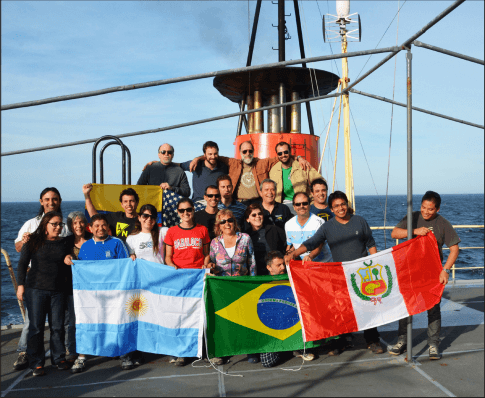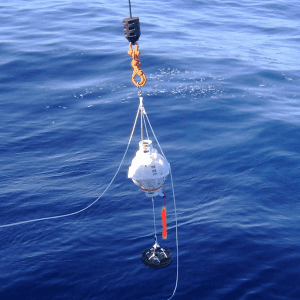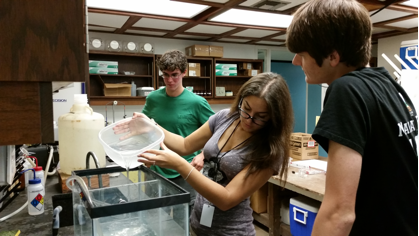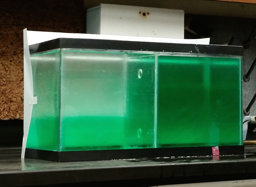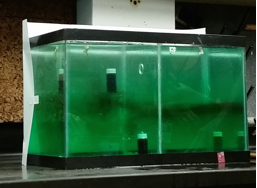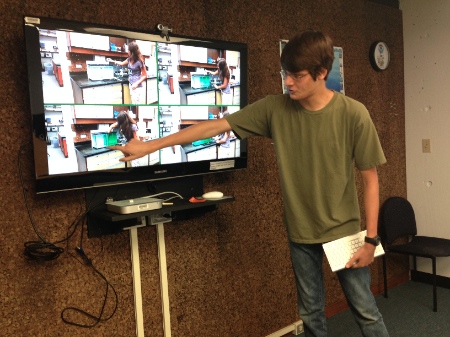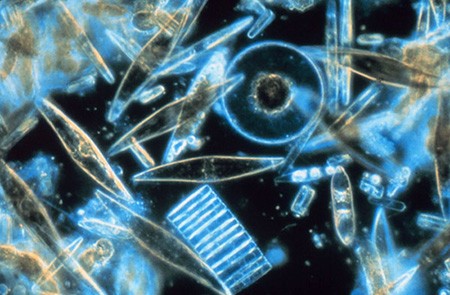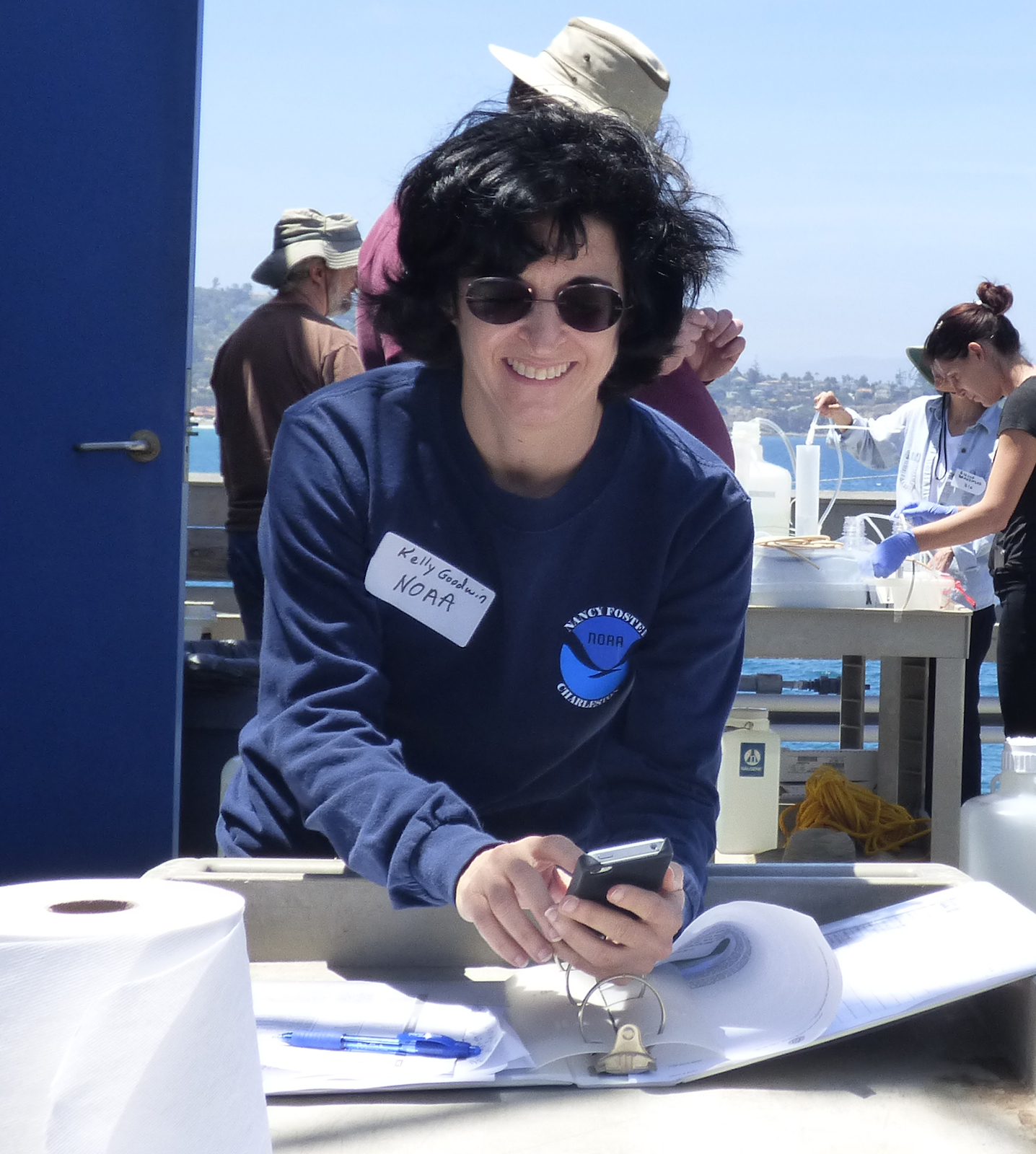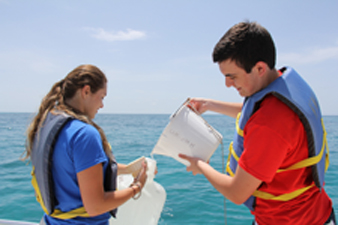Women’s History Month is celebrated annually in March and pays tribute to the generations of women whose contributions made a historical impact on society. It is also a month to honor women who are currently working hard to make positive innovations and impressions on the world.
The Oceanography Society published a special issue of their magazine for 2015 Women’s History Month entitled “Women in Oceanography: a decade Later,” which features four of AOML’s female oceanographers.
The Oceanography Society’s feature includes statistics, women’s program descriptions, and one-page autobiographical sketches written by women oceanographers. It is the sequel to their first “Women in Oceanography” issue, released in 2005, dedicated to exploring why men outnumbered women at higher levels of the field.
This issue evaluates progresses made in retaining women in the oceanography field over the past decade. The article included over 200 autobiographical sketches, which highlighted AOML’s Libby (Elizabeth) Johns, Renellys C. Perez, Claudia Schmid, and Silvia L. Garzoli.
Click below to find out more about each scientist.
Originally published in March 2015 by Shannon Jones
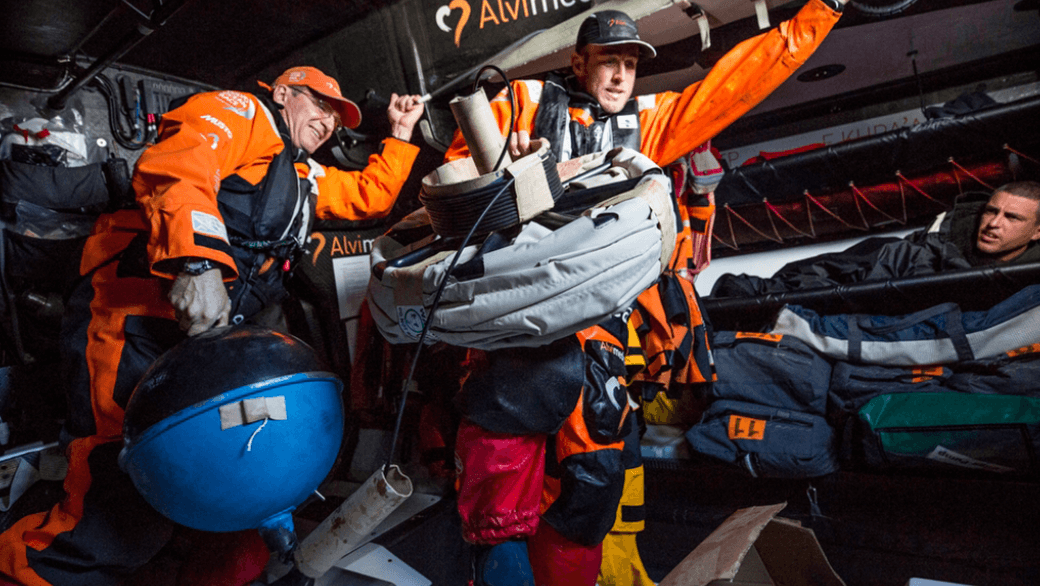
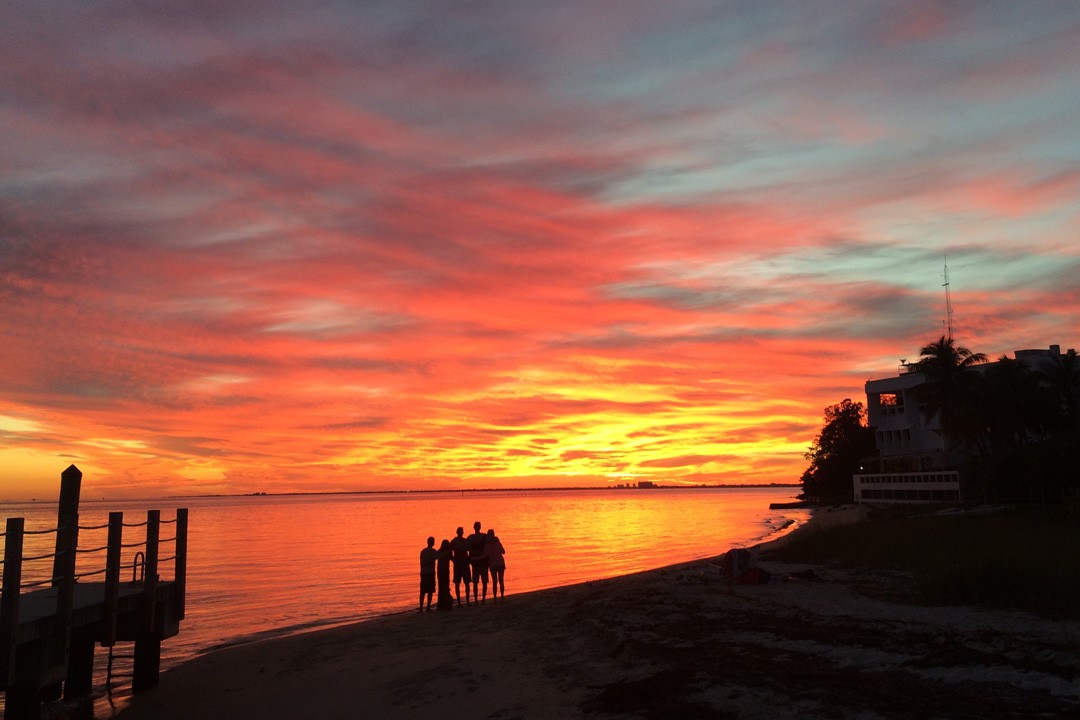
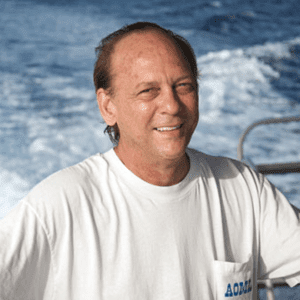 AOML is proud to announce the selection of Dr. James “Jim” Hendee as the director of its Ocean Chemistry and Ecosystems Division. Internationally recognized for his expertise in coral observing systems and data management, Jim’s almost 25-year tenure with AOML began in 1990 as a data manager for several ocean chemistry programs. Jim is well known for his ability to leverage resources to innovatively develop and inspire productive research teams. Jim steps into the role of director after serving in an acting capacity since June 2013.
AOML is proud to announce the selection of Dr. James “Jim” Hendee as the director of its Ocean Chemistry and Ecosystems Division. Internationally recognized for his expertise in coral observing systems and data management, Jim’s almost 25-year tenure with AOML began in 1990 as a data manager for several ocean chemistry programs. Jim is well known for his ability to leverage resources to innovatively develop and inspire productive research teams. Jim steps into the role of director after serving in an acting capacity since June 2013.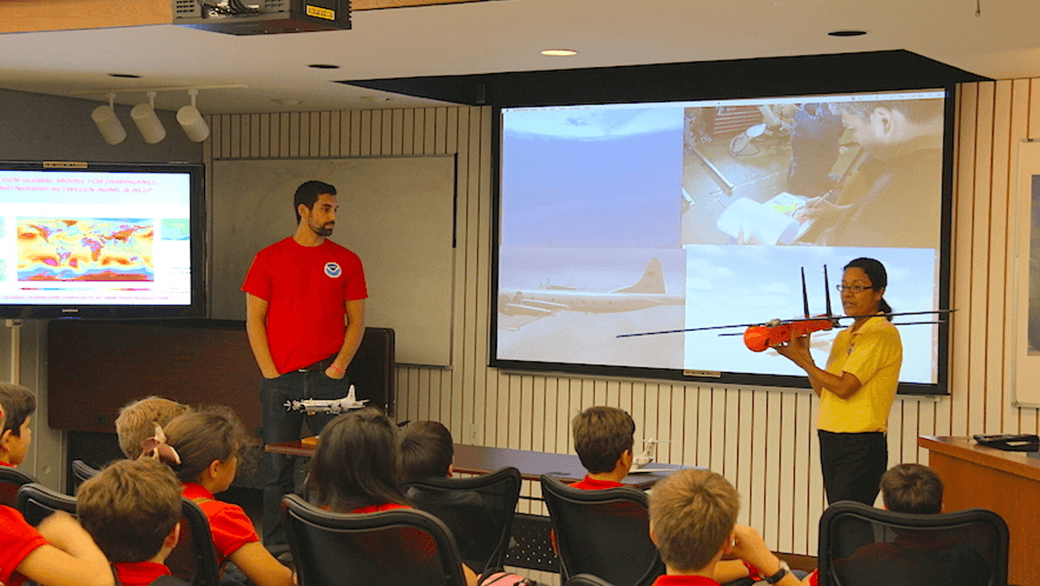
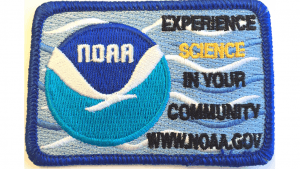 Over 700 students from fourteen local schools participated in the event. Small groups toured AOML, SEFSC, the MAST Academy Land SHARC and Weather on Wheels mobile outreach programs and the University of Miami’s new Marine Technology and Life Sciences Seawater Complex. Doors were then opened up to the public on Saturday, May 16th. Saturday’s event was an interactive experience for all age groups, with visitors rotating throughout each NOAA facility, the MAST mobile outreach buses, and the University of Miami Rosenstiel School’s experimental hatchery. Among the visitors were over 225 boy scouts and girl scouts from local troops, each of whom earned a special science patch for their participation in the event. school groups enjoyed the open house on Thursday and Friday, May 14th-15th.
Over 700 students from fourteen local schools participated in the event. Small groups toured AOML, SEFSC, the MAST Academy Land SHARC and Weather on Wheels mobile outreach programs and the University of Miami’s new Marine Technology and Life Sciences Seawater Complex. Doors were then opened up to the public on Saturday, May 16th. Saturday’s event was an interactive experience for all age groups, with visitors rotating throughout each NOAA facility, the MAST mobile outreach buses, and the University of Miami Rosenstiel School’s experimental hatchery. Among the visitors were over 225 boy scouts and girl scouts from local troops, each of whom earned a special science patch for their participation in the event. school groups enjoyed the open house on Thursday and Friday, May 14th-15th.